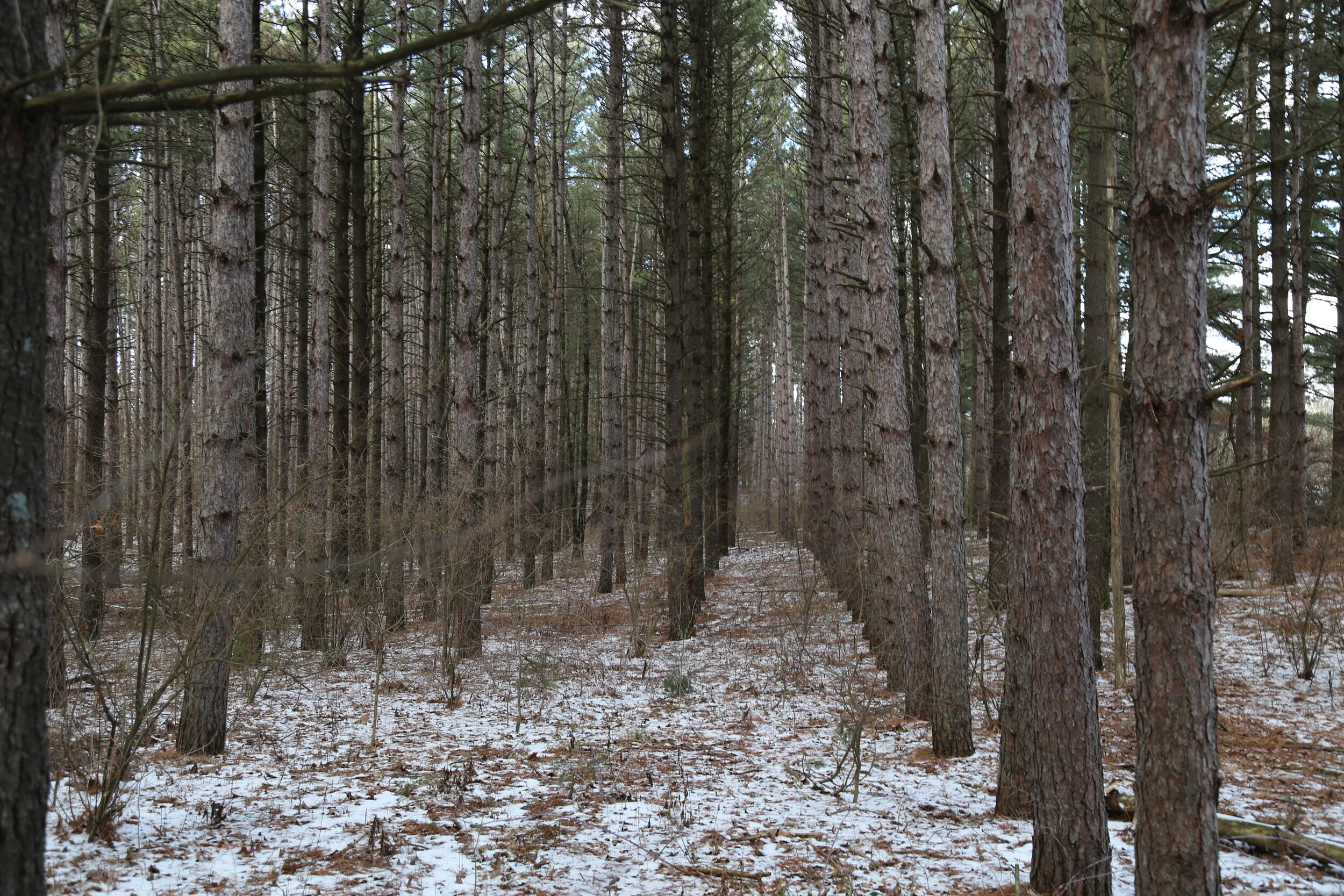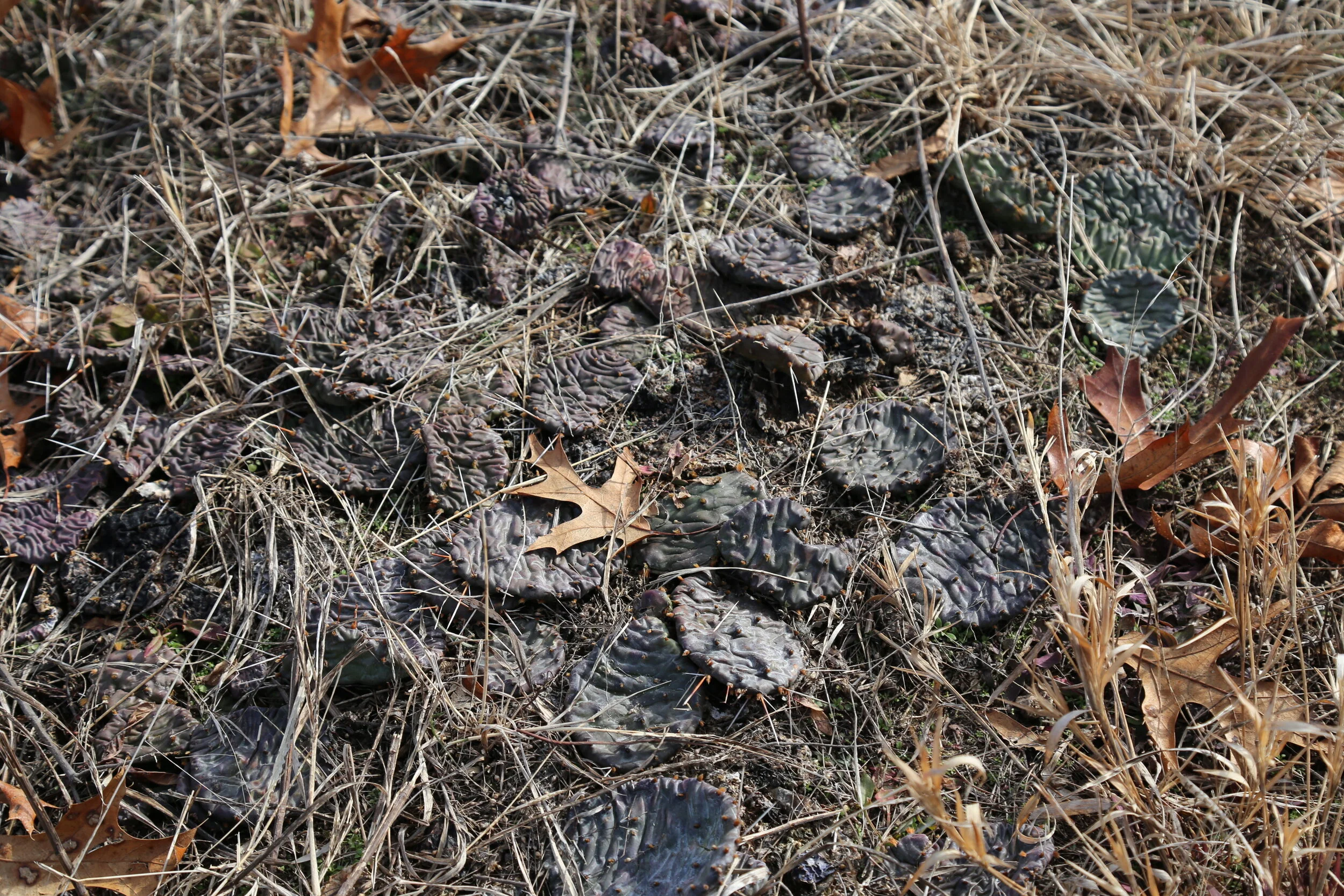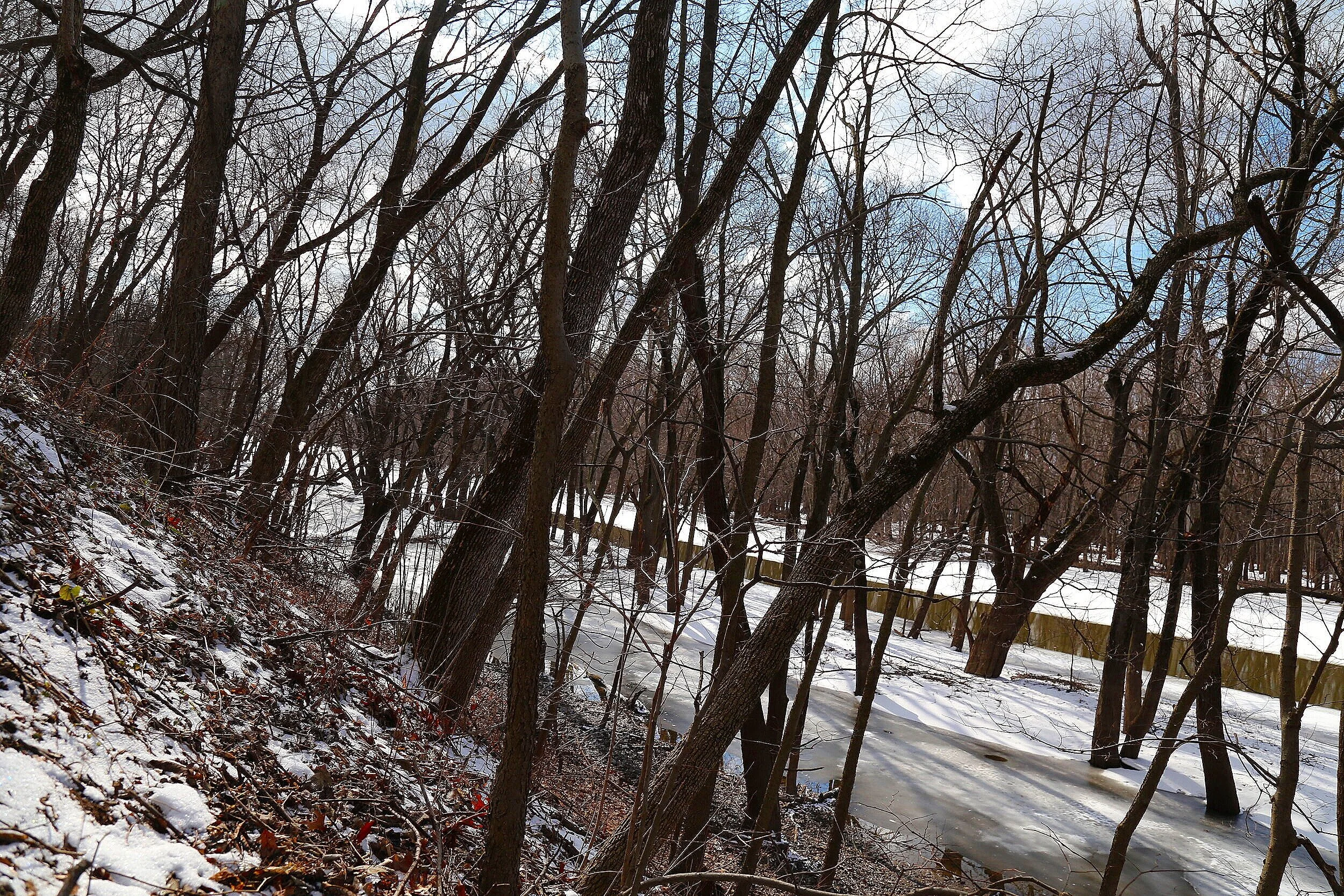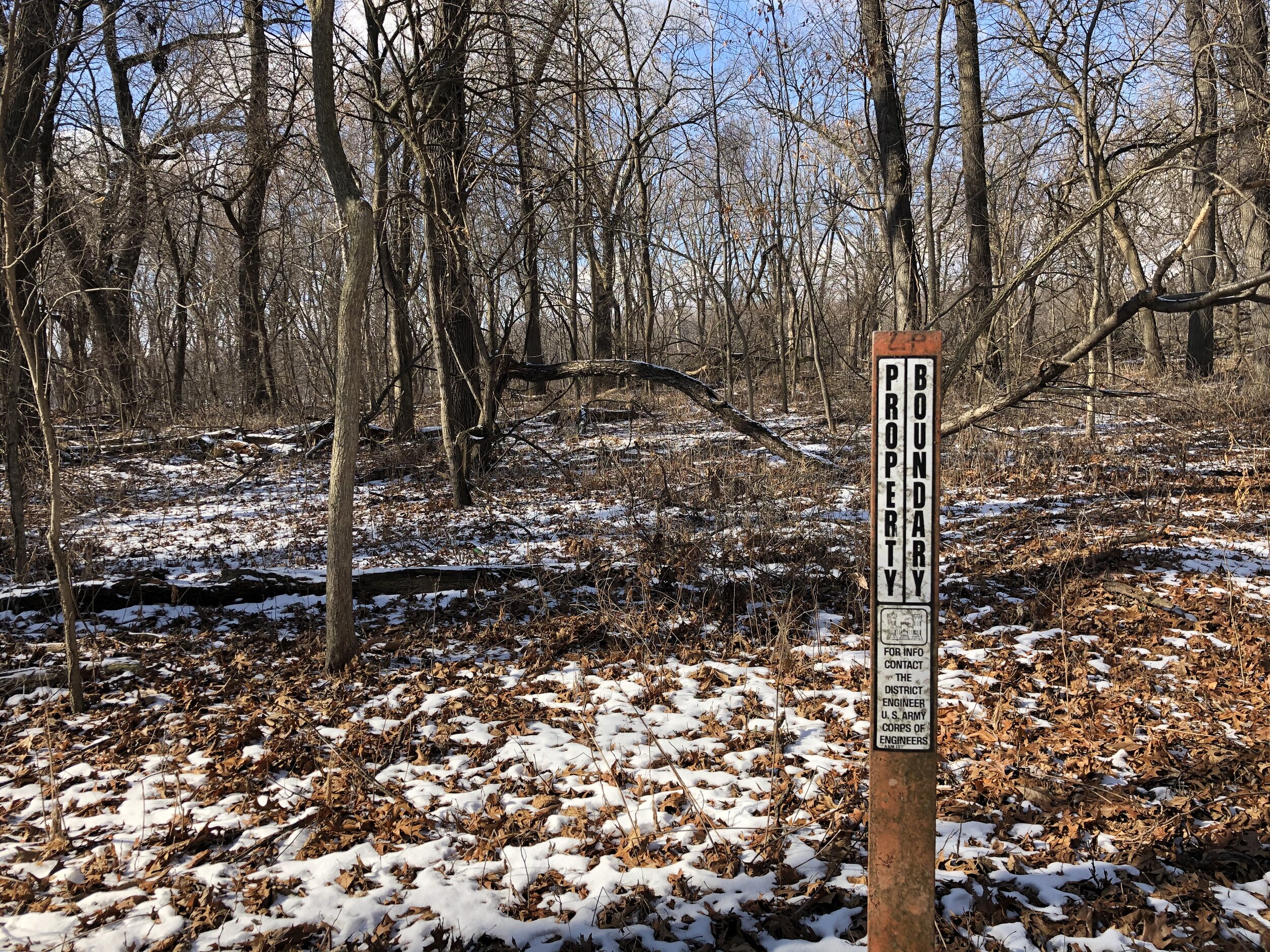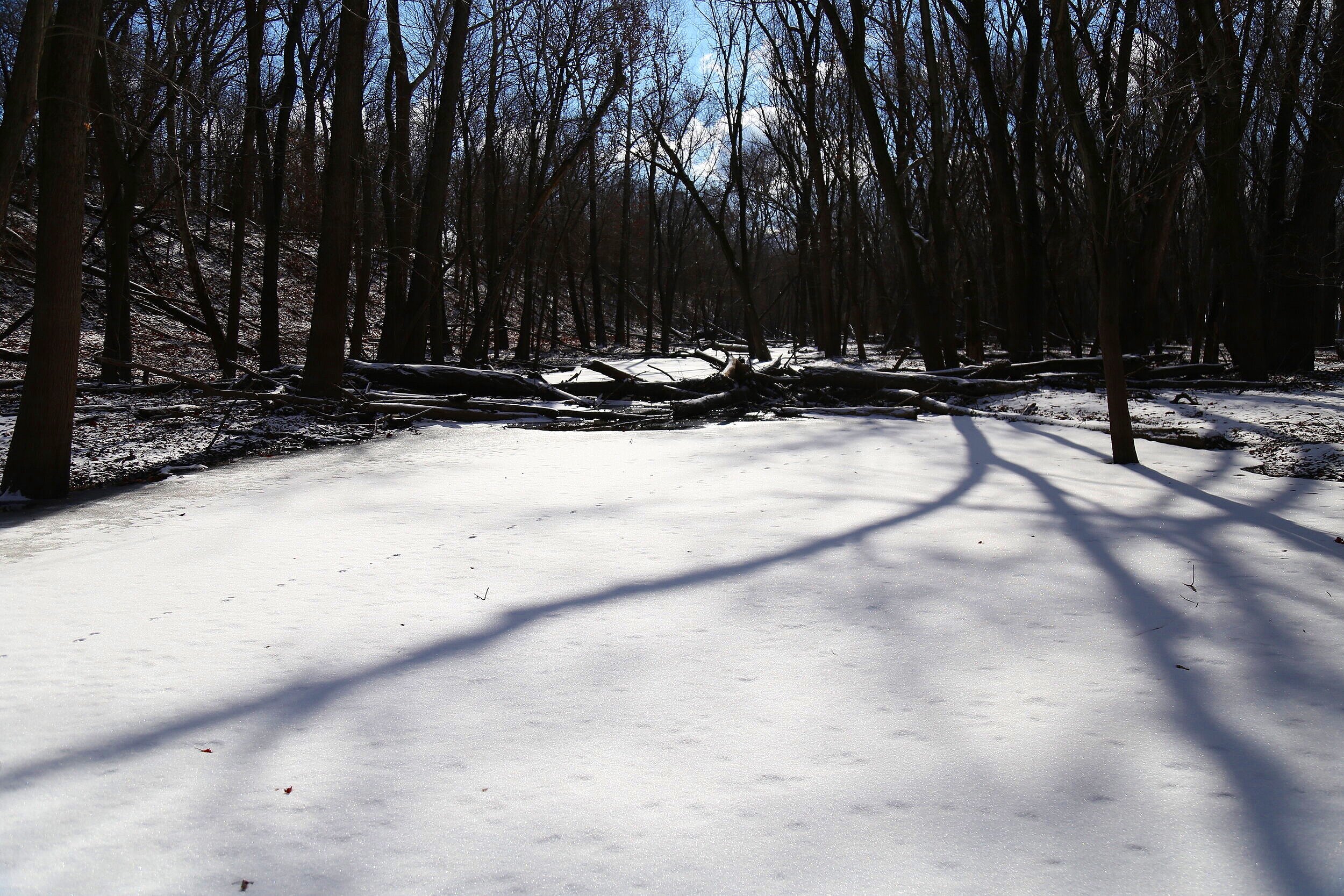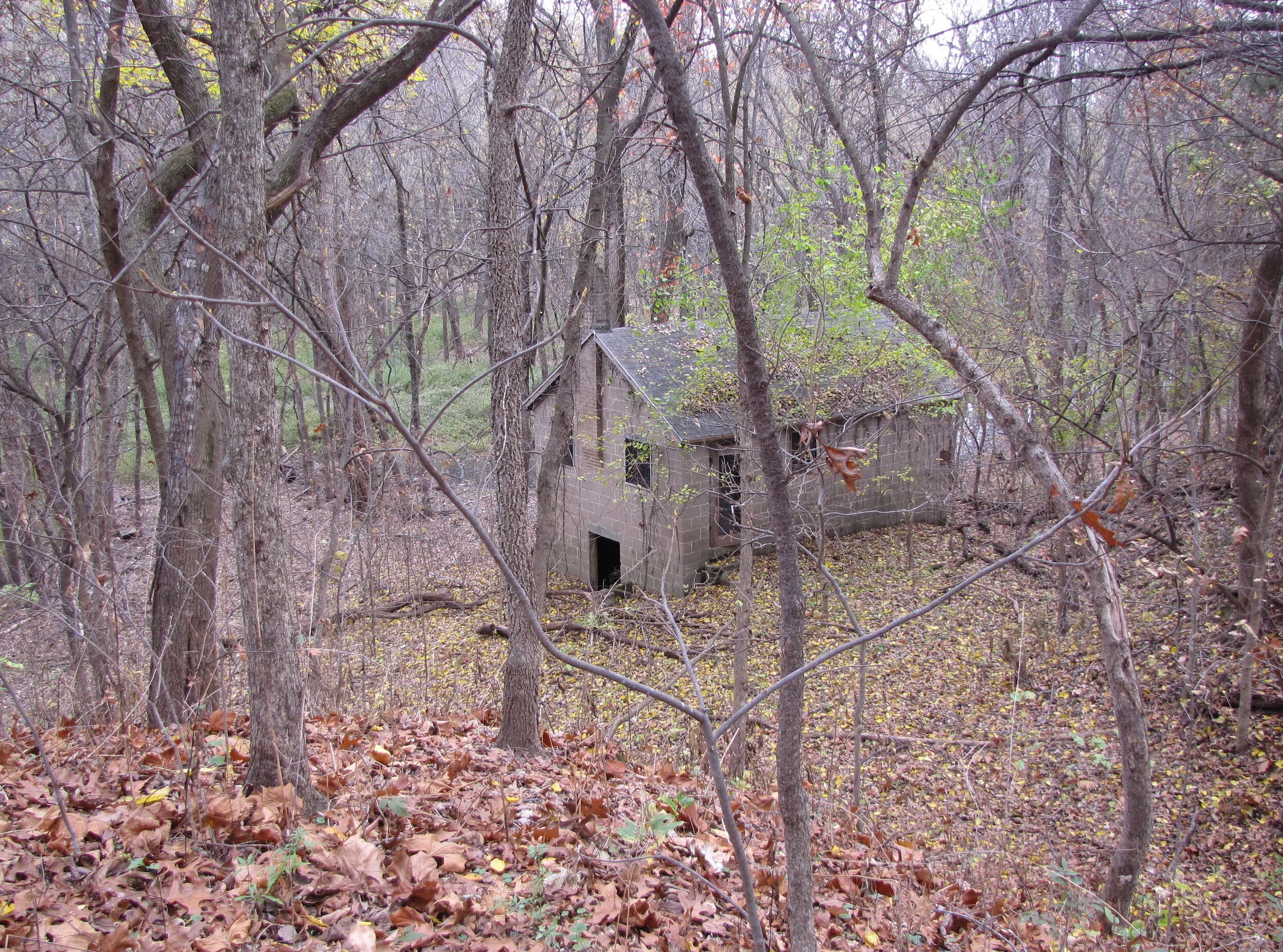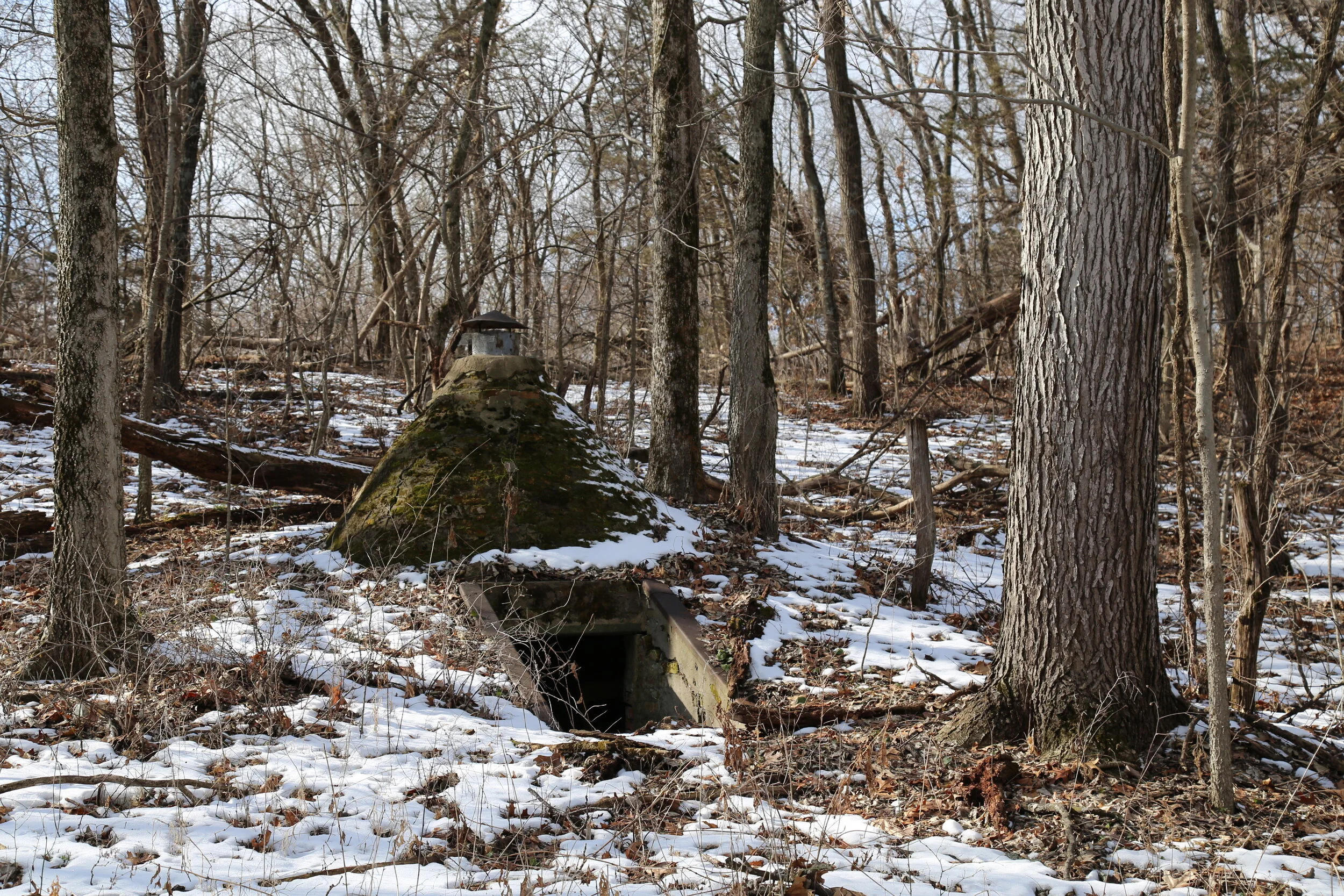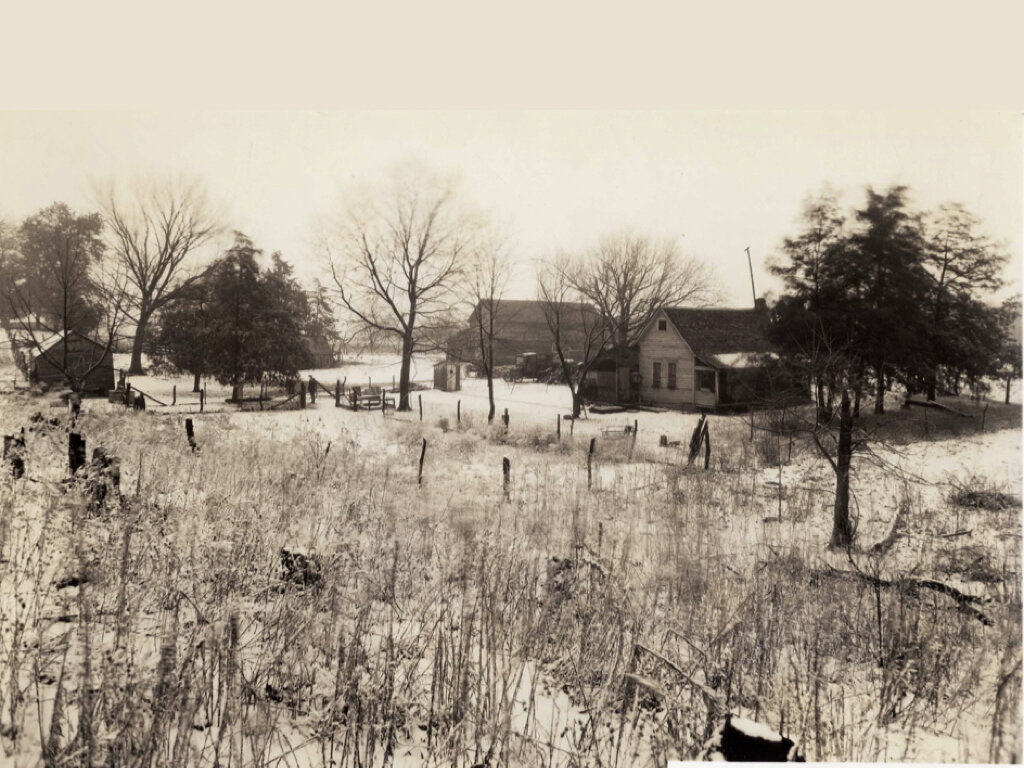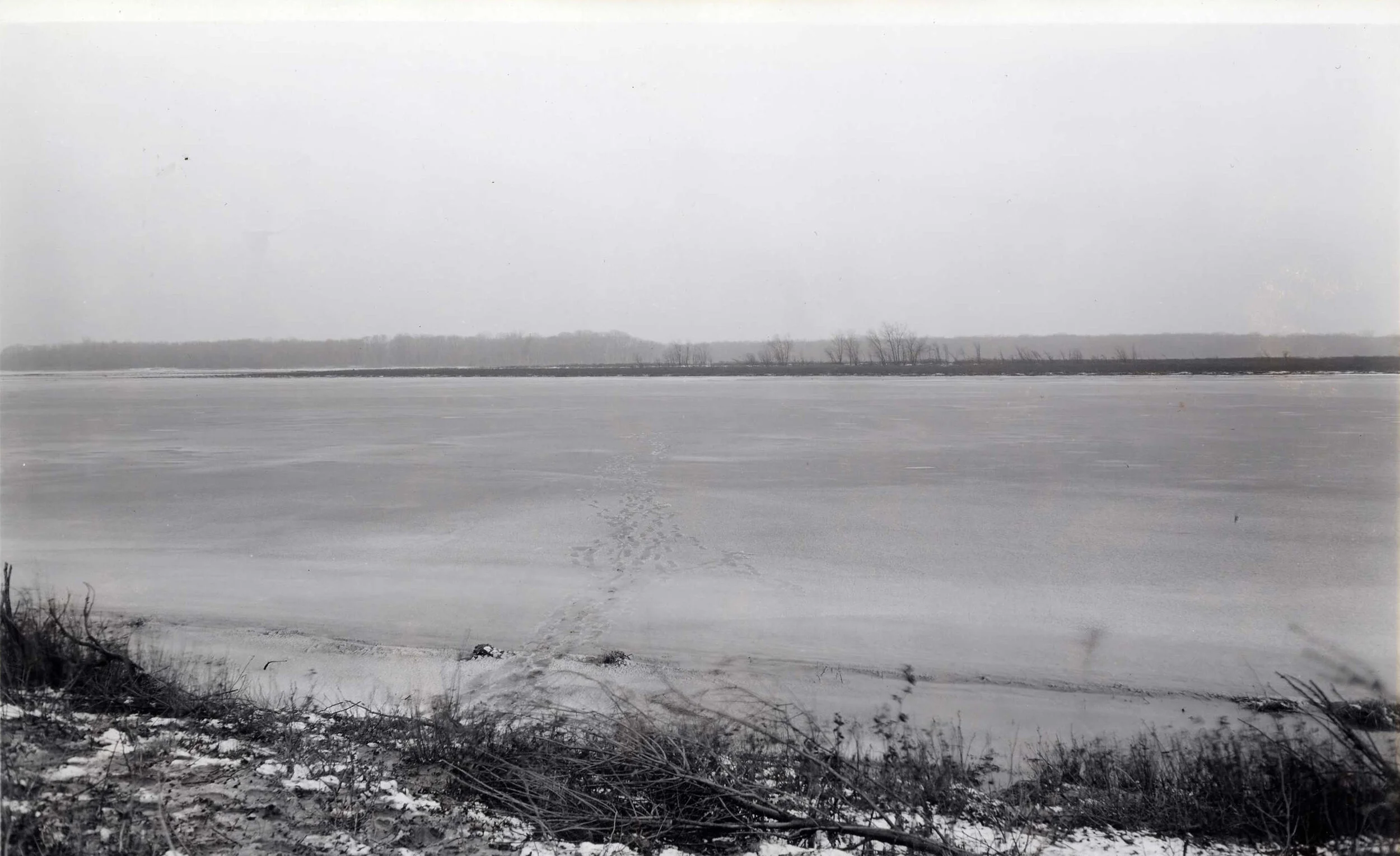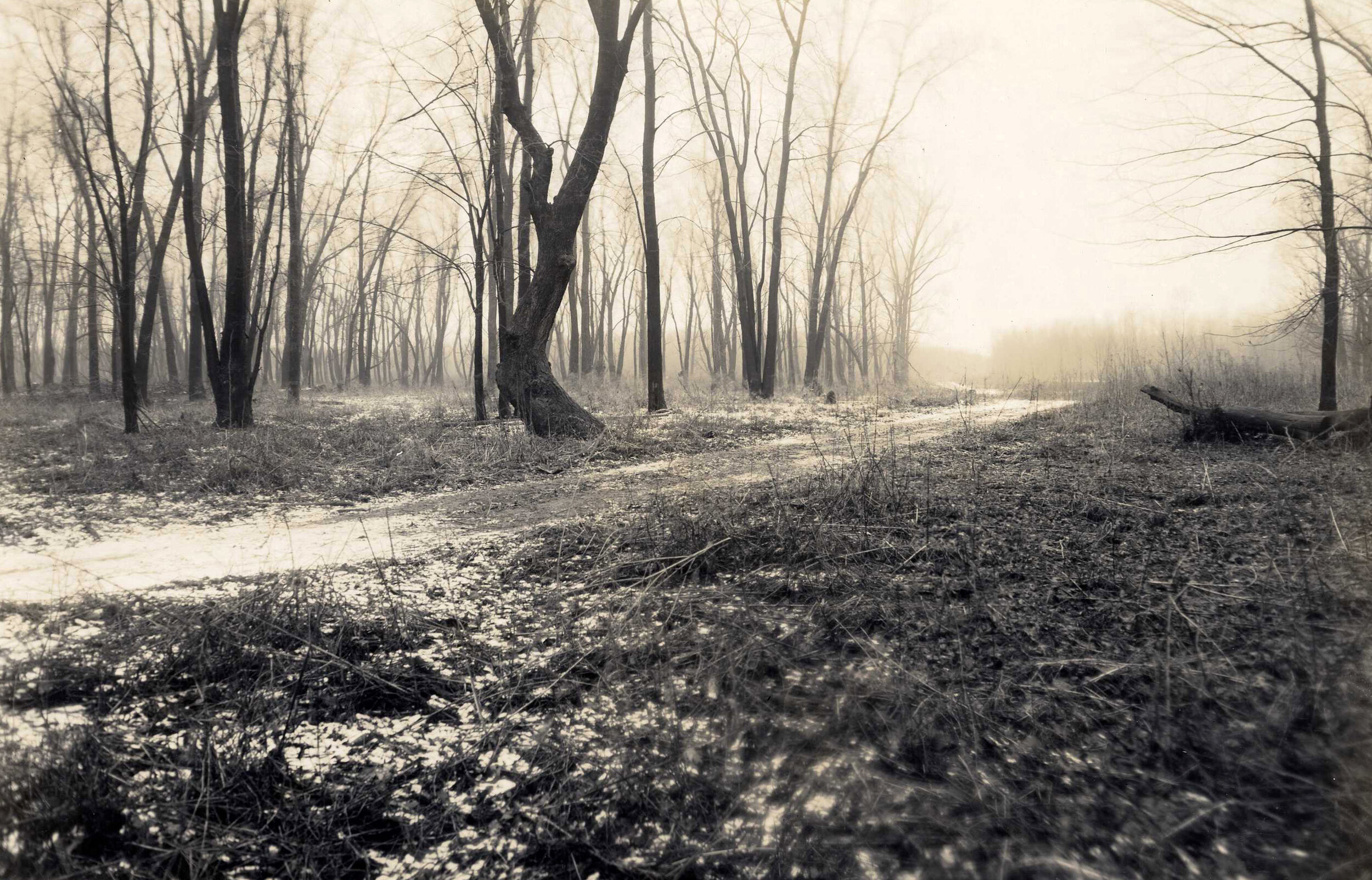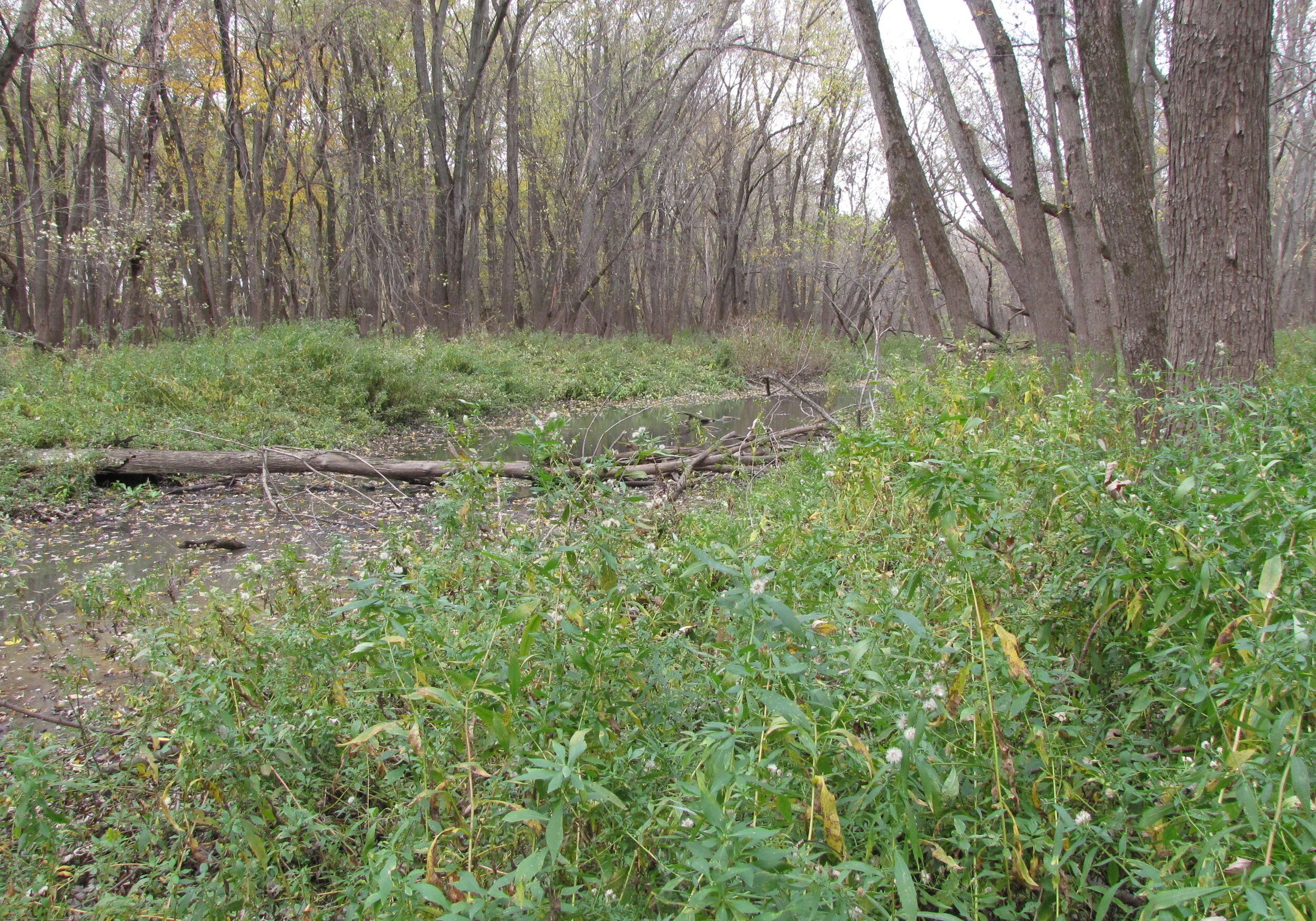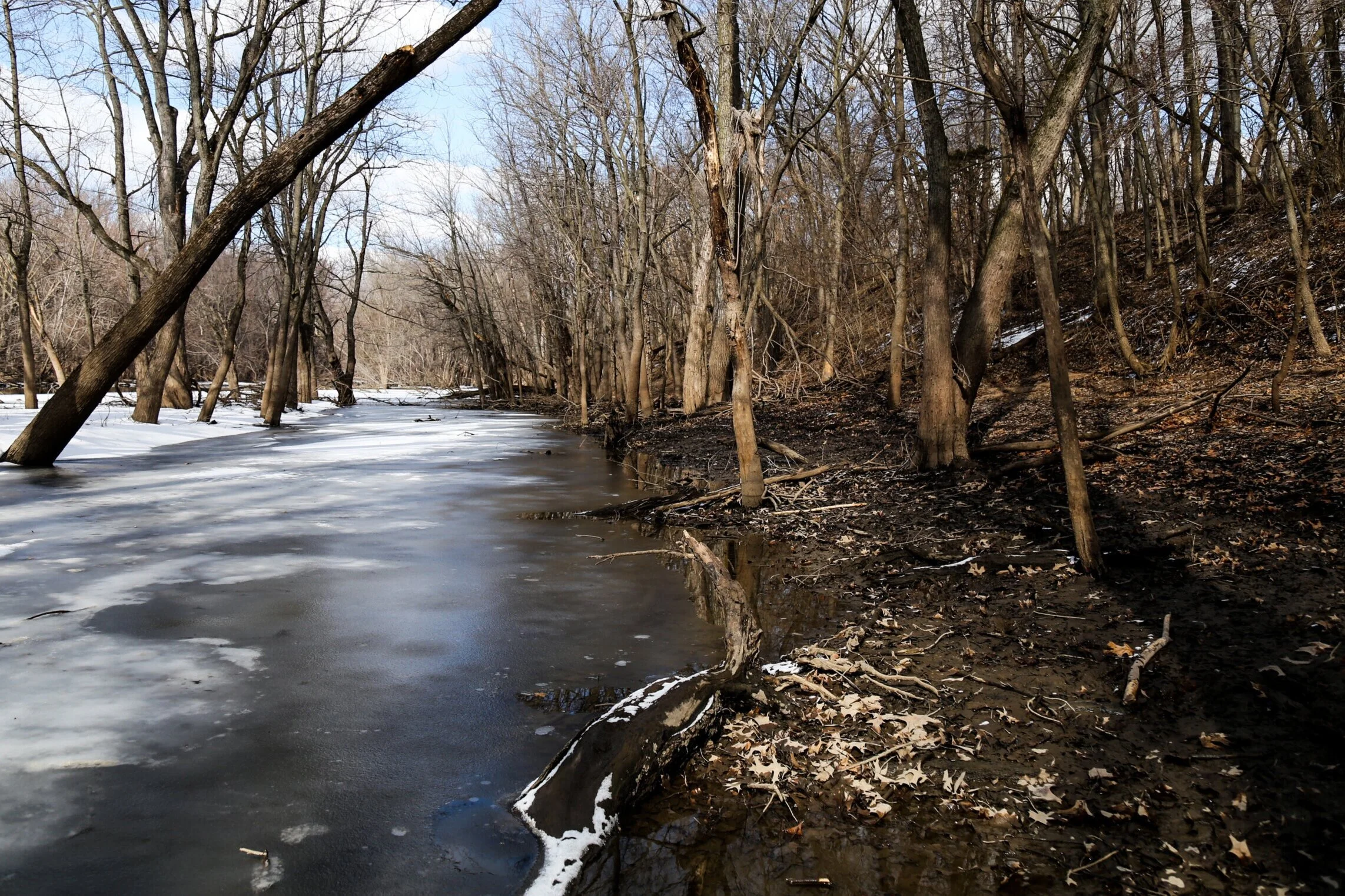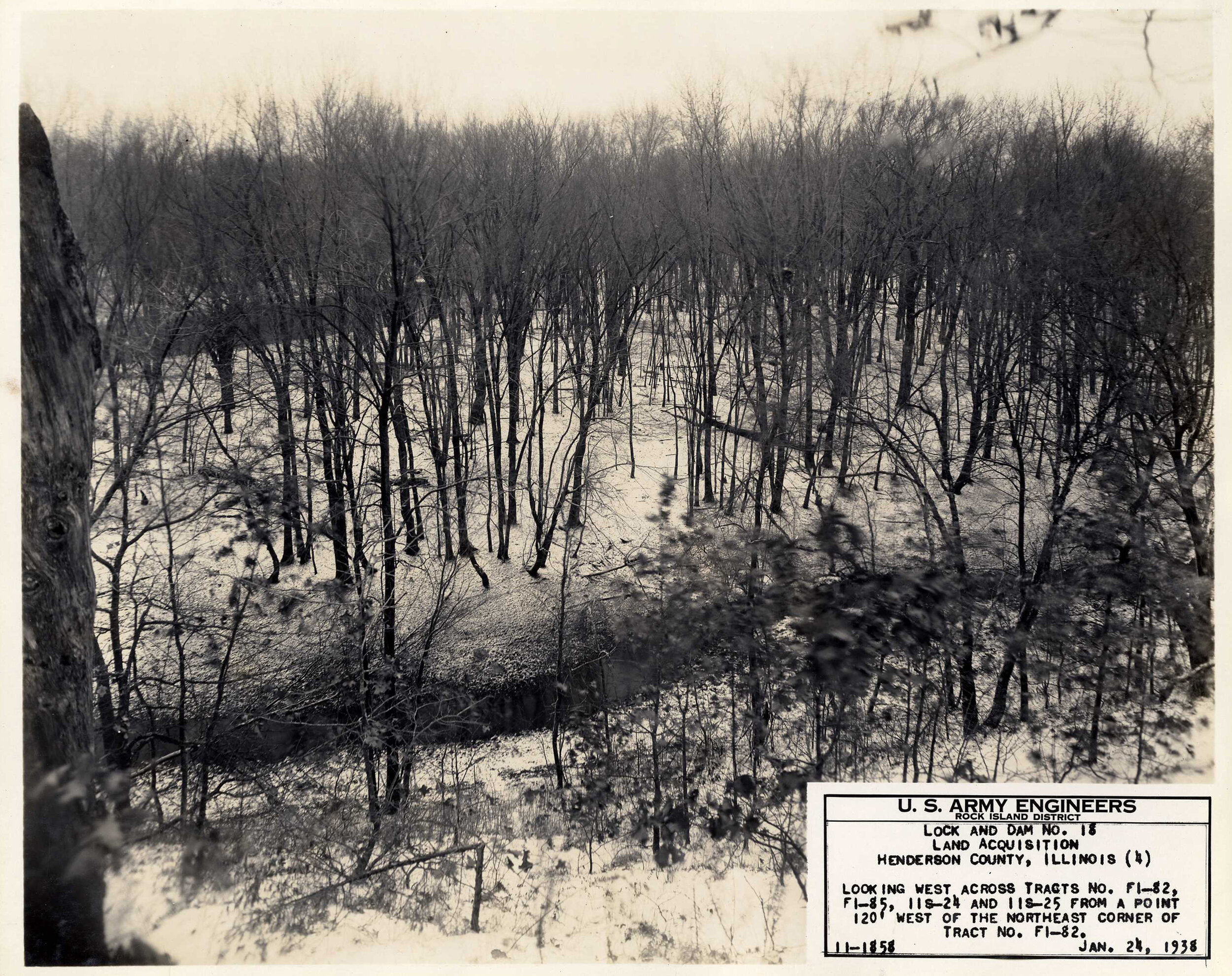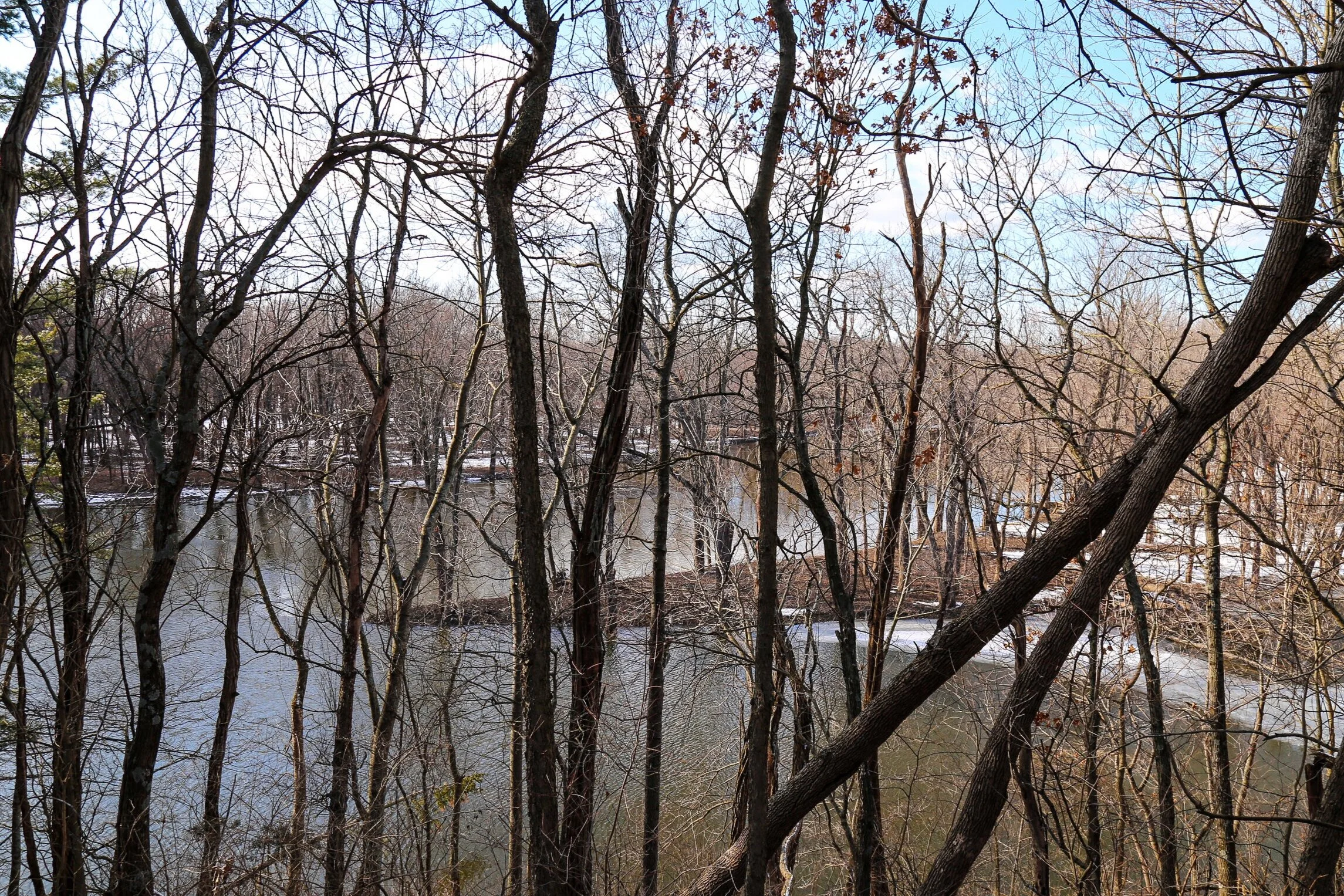It was 27 degrees when I arrived at Big River State Park. I pulled down a dirt road and parked under a cedar tree. South of the clearing lay row after row of red and white pine trees - a legacy of late Progressive Era soil conservation efforts aimed at converting sandy and easily erodible hillsides to pine plantations. Frozen prickly pear cactus poked through the crusty snow. It felt good to be back under pines, even if they were evenly spaced and ordered like a mono crop farm field; cold and snow and pine needles stir my western memory.
Bluff topography like this makes access to the floodplain difficult. Much of the upper bluff is private property. I am sometimes leery about hiking down long private driveways around here. And I’m always happy to see the public land boundary line.
Beneath the bluff, the floodplain is dissected with numerous sloughs and waterbodies. The sun was shining - something I will never complain about. The sun melts the edges of the slough ice. Crossing the ice is a nervous job and I take small steps always listening for those deep tell-tale cracks.
It seems like a mostly healthy floodplain. On the bluffs, where fire and flood management has altered the disturbance regime, invasive multi-fora rose bushes make movement thorny. Below the bluffs, the frequent floods keep the understory open. Invasives haven’t had much chance to root. Neither have young oaks and walnuts either unfortunately. But for now at least the floodplain feels full of life. Raccoon, beaver, squirrel, fox, deer, and coyote tracks were clear. Eagles nested along the slough banks. I even flushed an owl.
